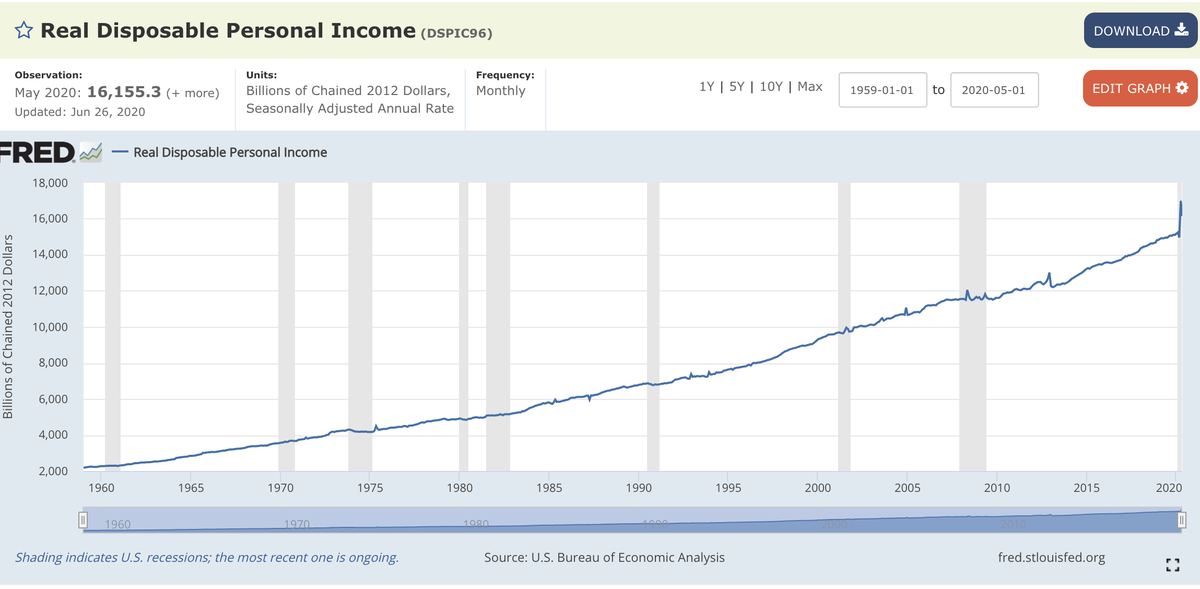Offered as an illustration of the limits of "fundamentals"-based election models:
The "Time for Change model", as specified here, predicts that Trump will lose the popular vote by ~36 points (not a typo) based on that 2Q GDP print.
https://pollyvote.com/en/components/models/retrospective/fundamentals-plus-models/time-for-change-model/
The "Time for Change model", as specified here, predicts that Trump will lose the popular vote by ~36 points (not a typo) based on that 2Q GDP print.
https://pollyvote.com/en/components/models/retrospective/fundamentals-plus-models/time-for-change-model/
On the other hand, if you ground your model in Real Disposable Income like some others do (e.g. the "Bread and Peace" model) you may have Trump winning in an epic landslide. Possibly the same if you use 3Q GDP (forecasted to be +15% annualized) instead of 2Q.
It certainly helps to use a wider array of indicators over a longer time frame (that's what we do) but the notion that you can make a highly *precise* forecast from fundamentals alone in *this* economy just doesn't pass the smell test.
Looking at these "fundamentals" models (something I spent a ton of time in 2012) was really a seminal moment for me in learning about p-hacking and the replication crisis. It was amazing to me how poorly they performed on actual, not-known-in-advance data. https://fivethirtyeight.com/features/models-based-on-fundamentals-have-failed-at-predicting-presidential-elections/
Of course, if you're constructing such a model *this year*, you'll choose variables in way that just so happens to come up with a reasonable-looking prediction (i.e. it has Trump losing, but not by 36 points). But that's no longer an economic model; it's just your personal prior.
Literally that's what people (e.g. The Economist's model) is doing. They're just "adjust[ing]" their "economic index" in arbitrary ways so that it doesn't produce a crazy-looking number for 2020. https://projects.economist.com/us-2020-forecast/president/how-this-works
Maybe these adjustments are reasonable. But what you *can't* do is say none of the data is really salient to 2020, so much so that you have to make some ad-hoc, one-off adjustments, and *then* claim Biden is 99% to win the popular vote because the historical data proves it.

 Read on Twitter
Read on Twitter
![Literally that's what people (e.g. The Economist's model) is doing. They're just "adjust[ing]" their "economic index" in arbitrary ways so that it doesn't produce a crazy-looking number for 2020. https://projects.economist.com/us-2020-forecast/president/how-this-works Literally that's what people (e.g. The Economist's model) is doing. They're just "adjust[ing]" their "economic index" in arbitrary ways so that it doesn't produce a crazy-looking number for 2020. https://projects.economist.com/us-2020-forecast/president/how-this-works](https://pbs.twimg.com/media/EeMWWDDWsAEmJkQ.png)


